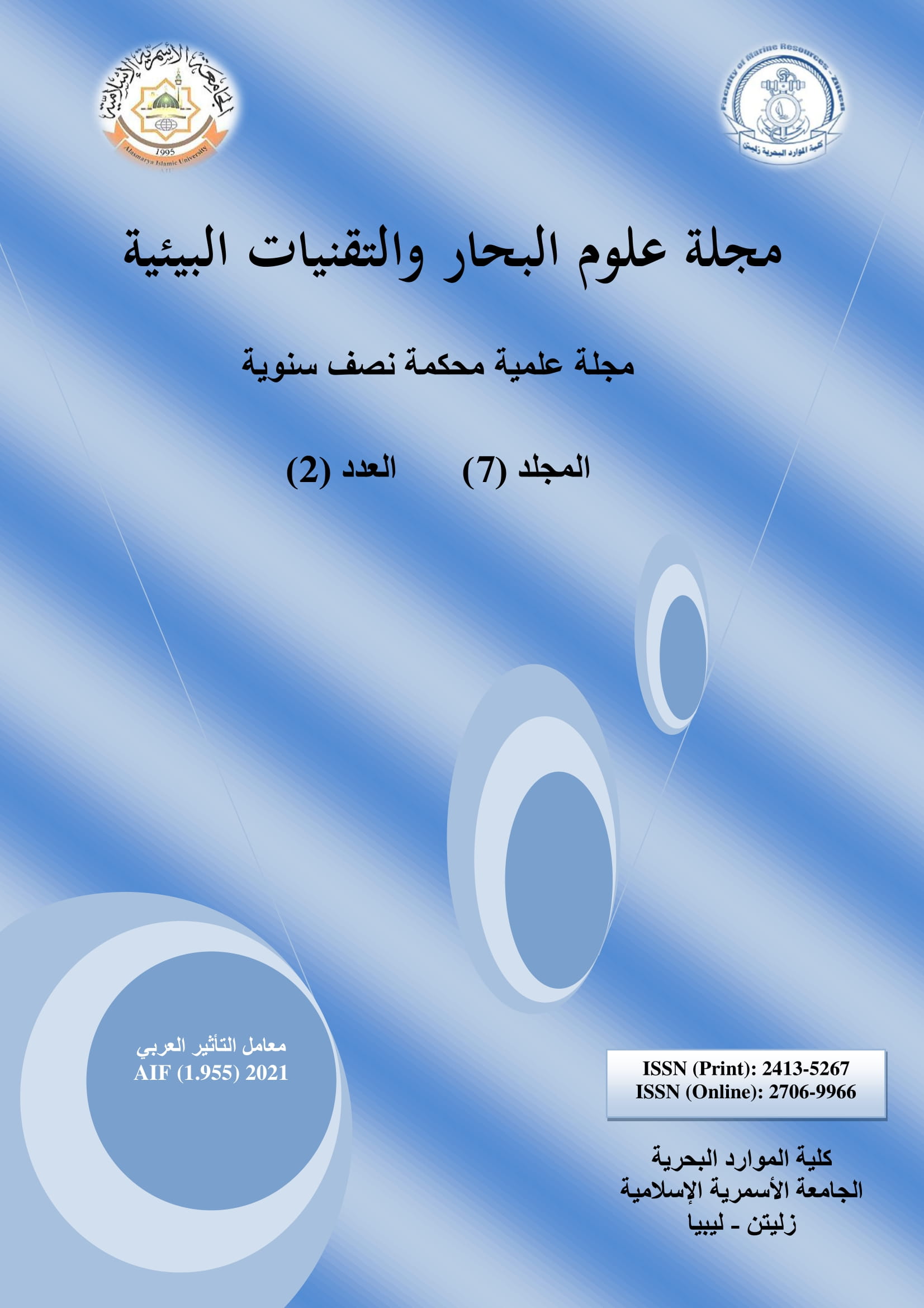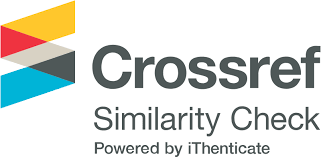تحليل صور TEM لأسطح الكسر لصلب P91 ومقارنتها بالخواص الميكانيكية
DOI:
https://doi.org/10.59743/jmset.v7i2.22الكلمات المفتاحية:
تحليل الصور، المحاكاه الحرارية، P91، PWHT، برنامج أمج برو أبلسالملخص
من أجل تحسين كفاءة الغلايات البخارية في محطات الطاقة الحديثة، يتعين على المهندسين استخدام المواد المعاصرة التي تتيح استغلال معايير أعلى، بشكل أساسي درجة حرارة والضغط التشغيليين، مع مقاومة أشكال مختلفة من التآكل في نفس الوقت. لهذا الغرض، تم تطوير الفولاذ المارتنسيتي المعاصر 9-12Cr، والتي تسمي أو يرمز لها حديثاً بـــــ P91 ، P92 ، E911 ، VM12-SHC و SHM12.
تحلل الورقة البحث التجريبي على سلوك عينات الصلب الفريتي التجاري P91. تم الحصول على بيانات السلوك على منطقة التأثير الحراري (HAZ) للوصلات الملحومة عن طريق اختبار العينات الناعمة الناتجة عن محاكاة مادة اللحام الجديدة. تم إجراء مسح لاختبار الصلابة وخصائص الشد ومعالجة صور لأسطح الكسر في العينات. أكد تحليل الصورة باستخدام ImagePro Plus نتائج الاختبارات التجريبية لحجم الحبيبات المقاسة بطريقة الدائرة وتم إيجاد علاقة مقارنة بين النسبة المئوية للكربيدات والرواسب والأقطار الصفائحية فيما يتعلق بدرجة الحرارة. تحتوي المادة التي كان لها PWHT (المعالجة الحرارية اللاحقة للحام) على أعلى متوسط لقطر الصفائح، مما يشير إلى زيادة المتانة وانخفاض الصلابة مقارنةً بالمعدن الأساسي (BM) والمواد التي بدون PWHT أي أن (كلما كان القطر الرقائقي أعلى، كانت صلابة المادة أصغر).
التنزيلات
المراجع
ASTM E112. Standard Test Methods for Determining Average Grain Size. Available online at: [https://tubingchina.com/ASTM-E112.pdf].
Burzić M. & Adamović Z. (2008). Experimental Analysis Of Crack Initiation And Growth In Welded Joint of Steel For Elevated Temperature. Materiali in Tehnologije, 42(6): 263-271.
Burzić M., Prokic-Cvetkovic R., Grujic B., Atanasovska I., & Adamović Z. (2008). Safe Operation of Welded Structure with Cracks at Elevated Temperature. Strojniski Vestnik-Journal of Mechanical Engineering, 54(11): 807-816.
ISO E. (2012). 6892-1. Metallic materials-Tensile testing-Part 1: Method of test at room temperature. International Organization for Standardization.
Milović L. (2010). Microstructural investigations of the simulated heat affected zone of the creep resistant steel P91. Materials at High Temperatures, 27(3): 233-242.
Milović L., Vuherer T., Blačić I., Vrhovac M., & Stanković M. (2013). Microstructures and mechanical properties of creep resistant steel for application at elevated temperatures. Materials & Design, 46: 660-667.
Milović L., Vuherer T., Zrilić M., Sedmak A., & Putić S. (2008). Study of the simulated heat affected zone of creep resistant 9–12% advanced chromium steel. Materials and Manufacturing Processes, 23(6): 597-602.
Nippes E.F. & Savage W.F. (1949). Development of specimen simulating weld heat-affected zones. Welding journal, 28(11): 534-546.
Pandey C., Mahapatra M.M., Kumar P., & Saini N. (2018). Some studies on P91 steel and their weldments. Journal of Alloys and Compounds, 743: 332-364.
Shibli I.A. & Hamata N.L.M. (2001). Creep crack growth in P22 and P91 welds—overview from SOTA and HIDA projects. International journal of pressure vessels and piping, 78(11-12): 785-793.
Sun Q. & Liao Y. (2006). Microstructure, Properties and Image-Pro Plus Analysis on Carburizing Austenitic Stainless Steel. Foundry Technology, 37(3): 445-447.
Vuherer T., Dunđer M., Milović L.J., Zrilić M., & Samardžić I. (2013). Microstructural investigation of the heat-affected zone of simulated welded joint of P91 steel. Metalurgija, 52(3): 317-320.
Vuksanović M.M., Gajić-Kvaščev M., Dojčinović M., Husović T.V., & Heinemann R.J. (2018). New surface characterization tools for alumina based refractory material exposed to cavitation-Image analysis and pattern recognition approach. Materials Characterization, 144: 113-119.
Zhao L., Liu W.L., & Ying W. (2015). Application of Image-Pro Plus in the groove filter rod characteristic parameters measurement. In: Applied Mechanics and Materials, 742: 111-117.
التنزيلات
منشور
إصدار
القسم
الرخصة
الحقوق الفكرية (c) 2021 مجلة علوم البحار والتقنيات البيئية

هذا العمل مرخص بموجب Creative Commons Attribution 4.0 International License.












